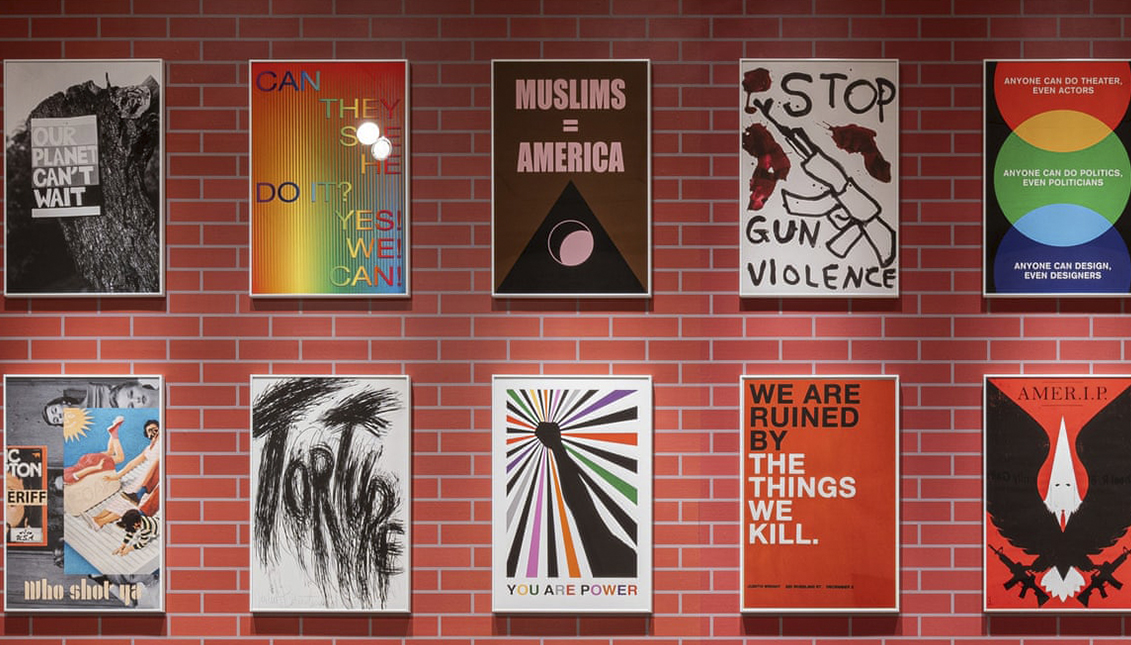
Artists out of frame: How much would you give to build a freer world?
Until next January, The Jewish Museum in New York will host an exhibition with works by Latinx authors and from all over the world fighting against intolerance.
The Jewish Museum of New York presents until next January, the exhibition "We Fight to Built a Free World" in which artist and curator Jonathan Horowitz compiled up to 80 voices, some of them important Latinx individuals, to debate the audience about the rise of authoritarianism, new forms of xenophobia and anti-semitism.
Originally projected for a May debut, it was postponed due to the COVID-19 crisis — a paralysis of the cultural world similar to one in Spain that has already claimed many impoverished victims. In a moment when the debate on supremacy and borders is beating nervously in the streets, this kind of reflection seems more urgent than ever, which is why the exhibition's digital catalog can even be viewed for free.
Conceived by Jonatham Horowitz, an artist who has devoted much time and attention to sound installations and found footage, the exposition is based on the homonymous painting by Ben Shahn in 1942, which was used as war propaganda. In this installation, he sought to address the problem of anti-semitism. Soon, through the accumulation of various voices, the reflection extended to the different kinds of racism, police brutality and international supremacy.
RELATED CONTENT
The exhibition includes testimonies and interventions by artists as diverse as Rico Gatson, Glenn Ligon and Pakistani sculptor, Huma Bhabha. Also noteworthy are Latino voices, such as those of Guadalupe Maravilla, a sculptor and performer born in San Salvador, and Mexican creator Luis Jiménez.
But the best known of the Latinx collaborators is undoubtedly Tania Bruguera, the famous Cuban artist, persecuted and imprisoned on several occasions for her criticism of the Castro regime and U.S. policy. The activist, a symbolic descendant of Ana Mendieta, whose works and performances have appeared in the MoMA in New York and the Tate Modern in London, has in the recent years dealt extensively with immigration and borders — one of the important themes of the exhibition when it comes to confronting forms of racism.
Borders in all their possible exceptions, geographical ones, but also physical ones, are the scapegoats of big governments, whether it be with the promise of the wall that Trump campaigned on or the incredible drama and massacre that the European refugee crisis represents. The dynamic was also on display in Julian Assange's leaks and the conflict over information with the social media platform, Tik Tok. All are variables of the same obsession with inserting barriers and taxonomies that art, on its different forms, is then responsible for blurring.










LEAVE A COMMENT: